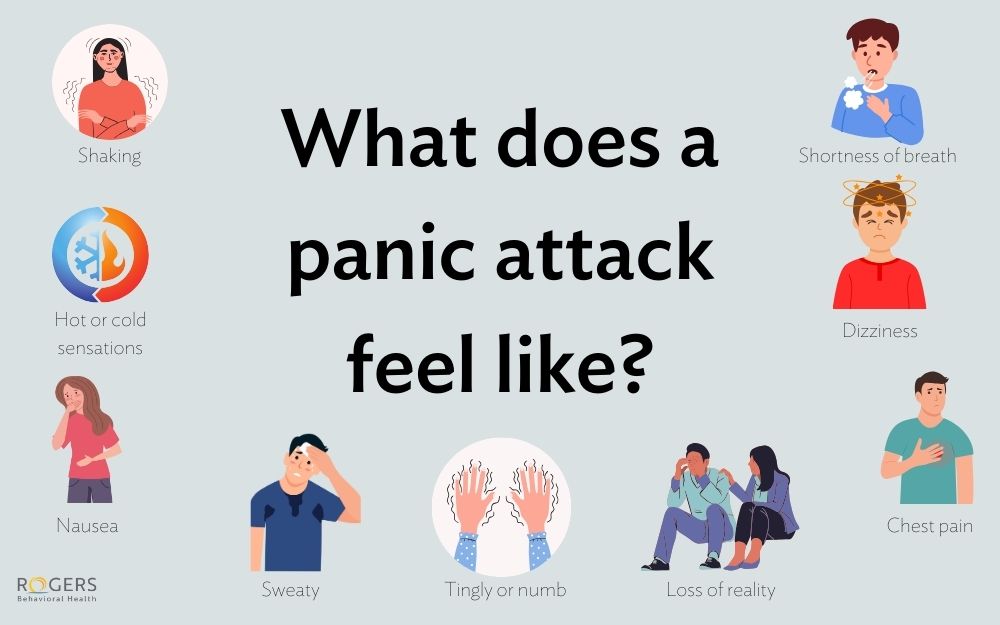
Medication-Assisted Treatment Proven Valuable to Patients with Opioid Addiction
Posted on 09/27/16 04:50:pmThis spring, Rogers Memorial Hospital–Brown Deer began offering a new program: Opioid Addiction Intensive Outpatient Program (IOP) with Medication-Assisted Treatment (MAT). The program, which was designed specifically for adults with opioid addiction who want to add medications for reducing withdrawal and cravings symptoms into their care plan, has been well received by patients.
“Because every patient is dealing with opioid addiction, they can thoroughly relate to one another without judgment,” says Jeff Schroeder, alcohol and drug addiction counselor at Rogers–Brown Deer. “Opioid addiction is different from alcohol or other addictions and Rogers specializes in treating it.”
In a program like this, patients receive a comprehensive, evidence-based behavioral therapy treatment plan in combination with buprenorphine/naloxone. While other medications for opioid addiction are offered to patients in Rogers’ other, specialized outpatient programs for addiction and dual diagnoses, patients in the opioid IOP-MAT program are exclusively on preparation of buprenorphine/naloxone. This allows each patient individually to develop the foundation to prevent relapse and address obstacles to recovery.
Schroeder explains the program has experienced a spike in the number in patients seeking treatment earlier in their addiction, typically three to four years. “As compared to patients who have been addicted for 10 to 15 years, these patients often don’t feel the need to go to the same lengths in treatment because they haven’t experienced the same number of consequences,” says Schroeder. “This unique, eight-week program helps break down that minimization and denial.”
In addition to medication and therapy, family participation in bi-weekly education sessions has also been a key aspect of patient success for this new program. “Families are more connected to their loved one because they get a better idea of what they’ve been going through and how they can help them get well,” says Schroeder. “It also makes relapse less likely and supports more open communication between the family and patient.”
Tatjana Barisic-Dujmovic, MD, adult psychiatrist at Rogers–Brown Deer, says continuing care with outpatient programs that incorporates medications for opioid addiction is key. “When we have a referral from the community or one of our inpatient units, we do our best to admit that person into IOP immediately when they are seeking help,” she says. “If we don’t, they are more likely to relapse and feel that treatment is not accessible. Patients initiating treatment on their own is so precious that we want to use that opportunity to further engage them. It takes lots of courage to seek treatment.”
A psychiatrist sees patients upon starting the program, and will induct the patient on a buprenorphine/naloxone combination. This helps the patient cope with opioid withdrawal symptoms and cravings so that they can focus on learning coping skills in the group.
The opioid addiction program is longer in length – about eight weeks – than other intensive outpatient programs. “Our patients find it beneficial and would actually prefer to continue with the program even longer. For that reason alone, the program could be called a success,” says Dr. Barisic-Dujmovic. “And even though this is a difficult time, the majority of patients establish supportive relationships with one another and encourage each other to attend community meetings after leaving Rogers.”
Other MAT program options are available in various levels of treatment at Rogers’ locations in:
Topics
Share this article:



